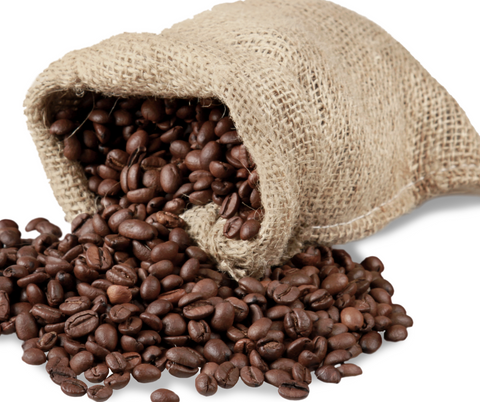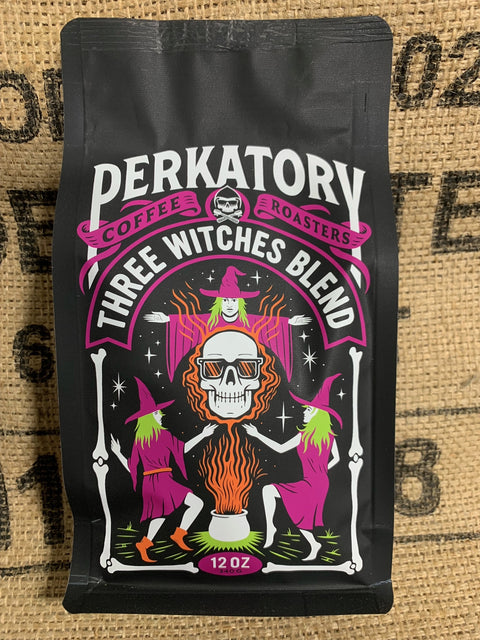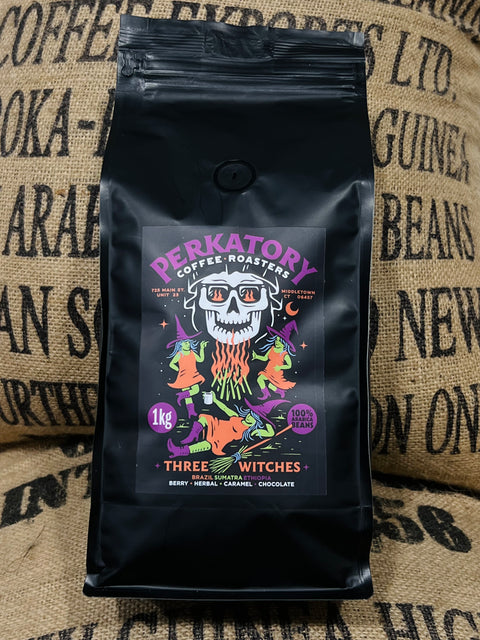
Coffee is the most popular beverage in the world, with over 400 billion cups of it consumed each year. It has become an essential part of our daily routine and a symbol of social gathering, relaxation, and productivity. But did you know that not all coffee beans are created the same? There are various coffee beans grown worldwide, each with its unique characteristics and flavors. We are going to explore the different types of coffee beans and their origins.
Arabica Coffee Beans
Arabica coffee beans are the world's most popular and widely consumed coffee. It is known for its premium quality, rich flavor, and low caffeine content. Arabica beans originated from Ethiopia and are now grown in over 60 countries, including Brazil, Colombia, and Kenya. They are delicate beans that require specific growing conditions, such as high altitudes, mild temperatures, and ample rainfall.
One of the main reasons for Arabica's popularity is its complex flavor profile. It has many flavors, from fruity and floral to nutty and chocolatey. The taste of Arabica beans also varies depending on their origin, as factors like soil composition, climate, and processing methods can all affect the flavor.
Robusta Coffee Beans
Robusta coffee beans are the second most favored type of coffee, accounting for about 40% of global coffee production. They originated from Central and Western Africa and are now mainly grown in Vietnam, Brazil, and Indonesia. Unlike Arabica beans, Robusta is more straightforward to cultivate and has a higher yield, making it the preferred choice for commercial coffee production.
Robusta beans have a powerful, bitter taste and contain almost twice the amount of caffeine as the popular Arabica beans. They are often used in blends or instant coffee due to their lower cost and higher caffeine content. However, some specialty Robusta beans are now gaining recognition for their unique flavor profile, which includes hints of dark chocolate and spices.
Liberica Coffee Beans
Liberica coffee beans are the most scarce and least known type of coffee bean. It originated from Liberia in West Africa but is now mainly grown in the Philippines. A plant disease almost completely wiped it out in the late 19th century, but it has slowly returned as specialty coffee.
Liberica beans are more significant than Arabica and Robusta beans and have irregular shapes. They have a distinct smoky, woody taste with a slightly fruity undertone. Liberica is often used in blends to add depth and complexity to the flavor.
Excelsa Coffee Beans
Excelsa coffee beans were previously considered a type of Liberia but have now been recognized as a separate species. Excelsa beans are grown mainly in Southeast Asia and account for only around 7% of global coffee production. Excelsa beans are often used in blends to enhance their flavor profile, adding notes of tartness and brightness.
Specialty Coffee Beans
Specialty coffee beans refer to high-quality, gourmet beans that have been carefully chosen, roasted, and brewed to bring out their full potential. These beans are graded based on strict specifications set by the Specialty Coffee Association, which includes factors like flavor, aroma, and acidity.
Specialty coffee can come from any coffee bean, but Arabica is the most common. These beans are usually grown in small batches and harvested by hand, ensuring the highest quality. They also tend to have a more distinct and complex flavor profile than commercial coffee beans.
Coffee Bean Processing Methods
Once coffee beans are harvested, they undergo a series of processing methods that significantly contribute to the final taste of the coffee. These methods vary from region to region and are often passed down through generations of coffee farmers. Let's delve into the most common ones.
Wet Processing
Also known as washed or wet-milled, this method involves separating the pulp and skin from the bean immediately after harvest. The beans are then fermented in water to remove mucilage before being dried. This method typically results in a clean, bright, and fruity flavor profile and is commonly used for Arabica beans.
Dry Processing
In the dry process or natural method, the beans are dried within the cherry for several weeks, either in the sun or by machine. While more labor-intensive and time-consuming, this method imparts the beans a sweet, full-bodied, and complex flavor. This is often the method of choice in regions with scarce water resources.
Honey Processing
Honey processing, a method standard in Central America, combines wet and dry processing. In this process, some mucilage remains on the bean during drying. The amount of mucilage left determines whether the coffee is classified as Black, Red, or Yellow Honey. This method can produce coffee with a unique, sweet taste and heavy body.
Semi-Washed Processing
Also known as wet-hulled or semi-dry, this method is typical in regions like Indonesia. The skin of the cherry is removed, and the beans with the mucilage attached are partially dried before the mucilage is removed. This method results in a bold, earthy flavor with low acidity.
Each of these processing methods contributes to our coffee's diverse flavors. Whether wet-processed Colombian Arabica with its bright acidity, dry-processed Ethiopian Robusta with its entire body, or a honey-processed Costa Rican specialty coffee with its sweet complexity, the method used plays a crucial role in defining the coffee's final character.
Health Benefits of Coffee
Coffee, in moderation, comes with a wealth of health benefits thanks to its strong content of antioxidants and beneficial nutrients.
Boosts Physical Performance
Caffeine caffeine can increase adrenaline levels and release fatty acids from the fat tissues, enhancing physical performance. It can be a great beverage before heading engaging in strenuous physical activities.
Supports Mental Health
Caffeine not only keeps you alert but may also protect against neurological diseases. Studies have revealed that coffee drinkers have a much lower risk of being diagnosed with Alzheimer's disease, dementia, and Parkinson's disease.
Rich in Antioxidants
Coffee is a notable source of antioxidants, which neutralize harmful free radicals in the body. This helps to combat inflammation and boost overall health.
May Lower the Risk of Certain Cancers
Consumption of coffee has been linked to a lowered risk of certain types of cancer, including liver and colorectal cancer, due to its antioxidant and anti-inflammatory properties.
Promotes Heart Health
Contrary to popular belief, coffee does not cause heart disease and may reduce the risk of stroke and heart disease in some individuals.
May Aid in Weight Loss
Coffee can boost metabolic rate and stimulate fat burning, supporting weight loss.
Protection for the Liver
Coffee can protect against cirrhosis and liver cancer by reducing levels of harmful liver enzymes in the blood.
Remember, while coffee can provide several health benefits, it's best consumed in moderation. Overconsumption can lead to caffeine addiction, sleep disturbances, and other health issues. Always enjoy your coffee responsibly and savor the diverse flavors that different types of coffee beans offer.
Conclusion
Each coffee bean type has unique characteristics, flavors, and origins. Whether you prefer the delicate taste of Arabica, the boldness of Robusta, or the rareness of Liberica, there is a coffee bean for everyone. So, the next time you sip on your ideal cup of coffee, take a moment to appreciate the journey that led those beans to your cup and the hard work put into producing them. After all, coffee is not just a beverage; it's an art form.



